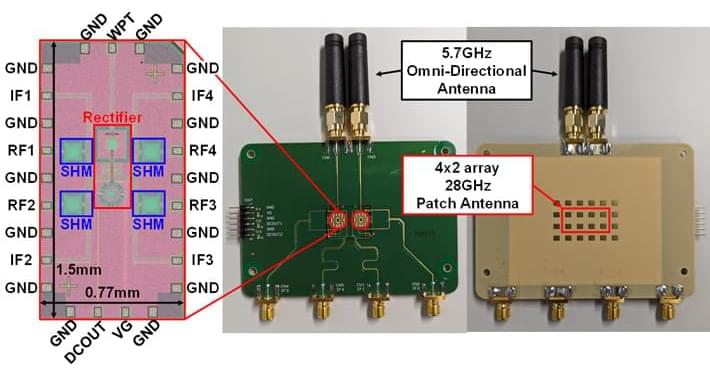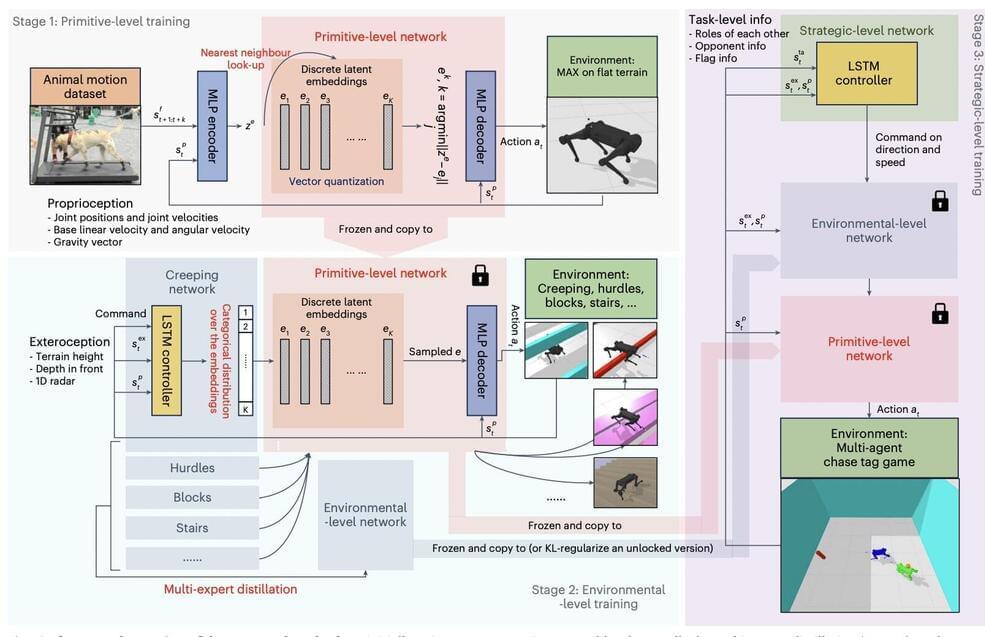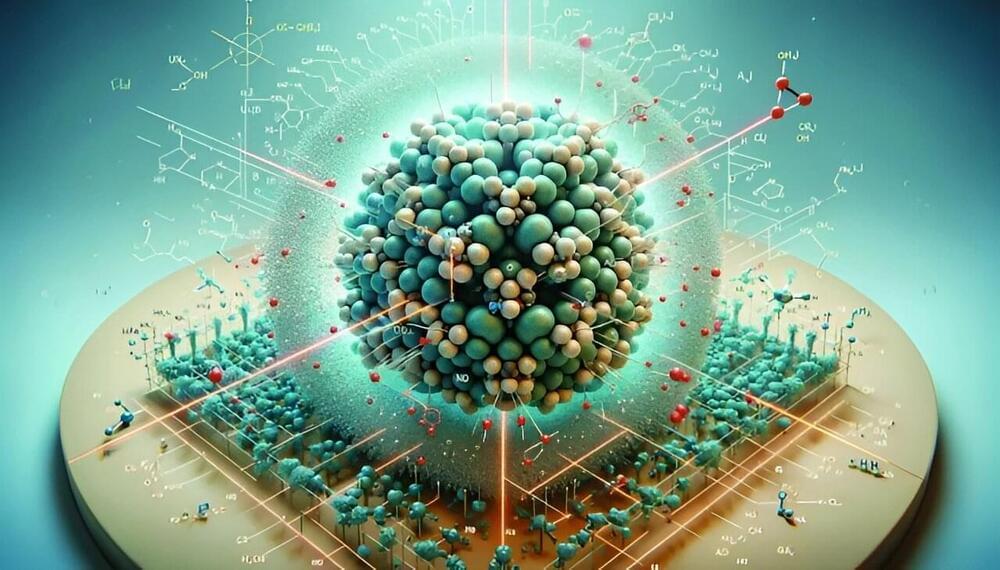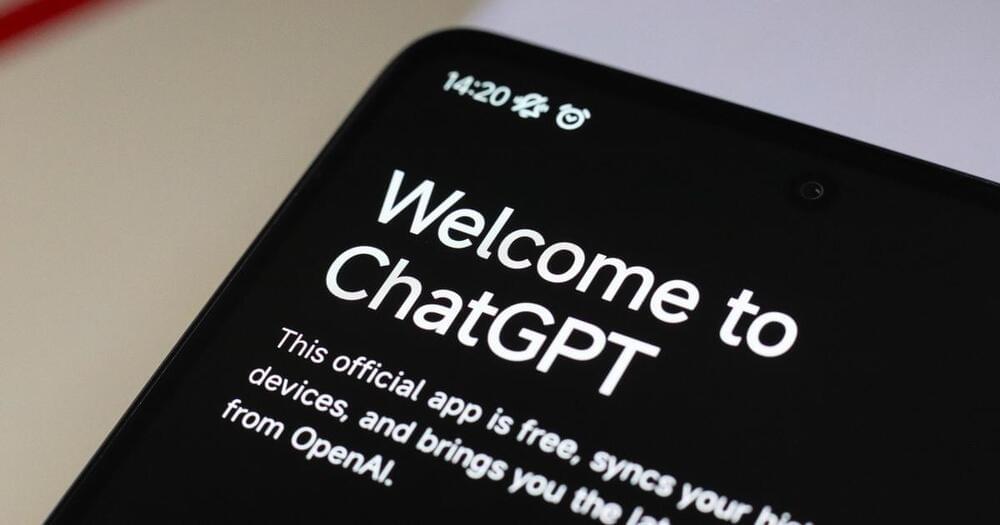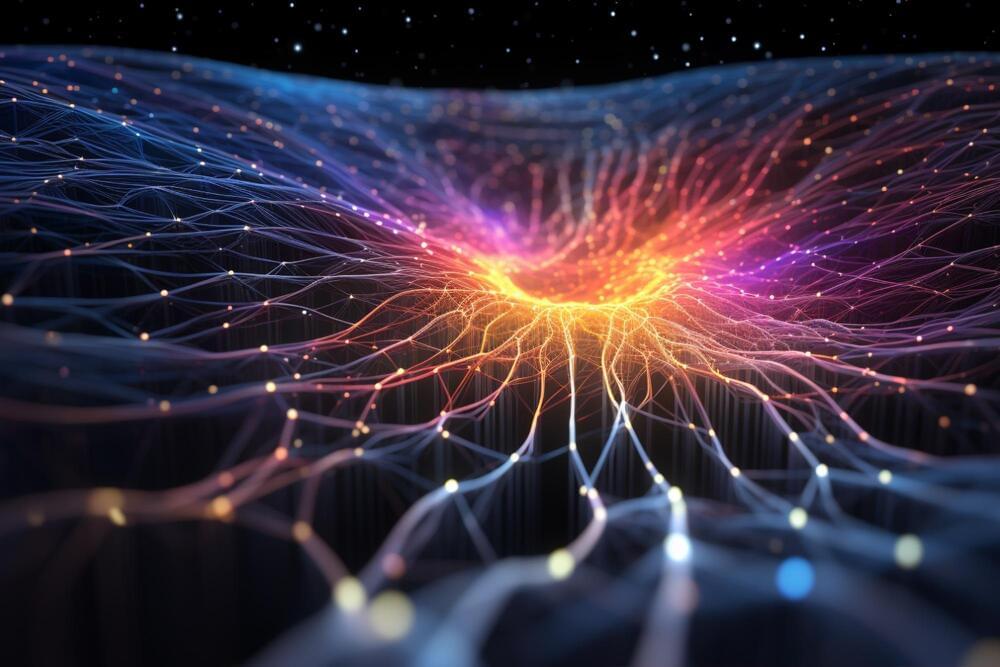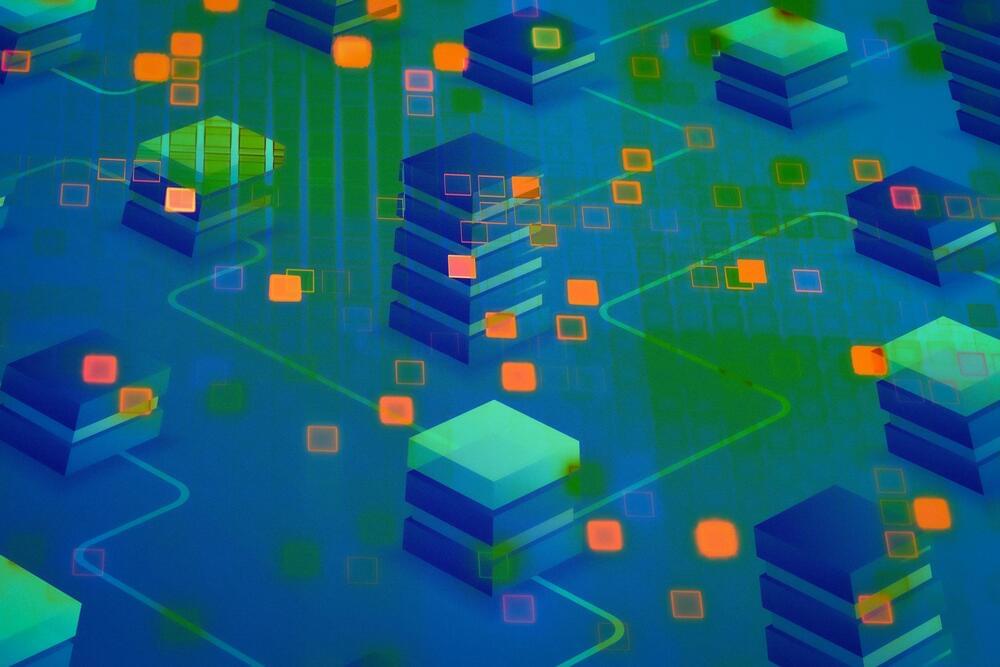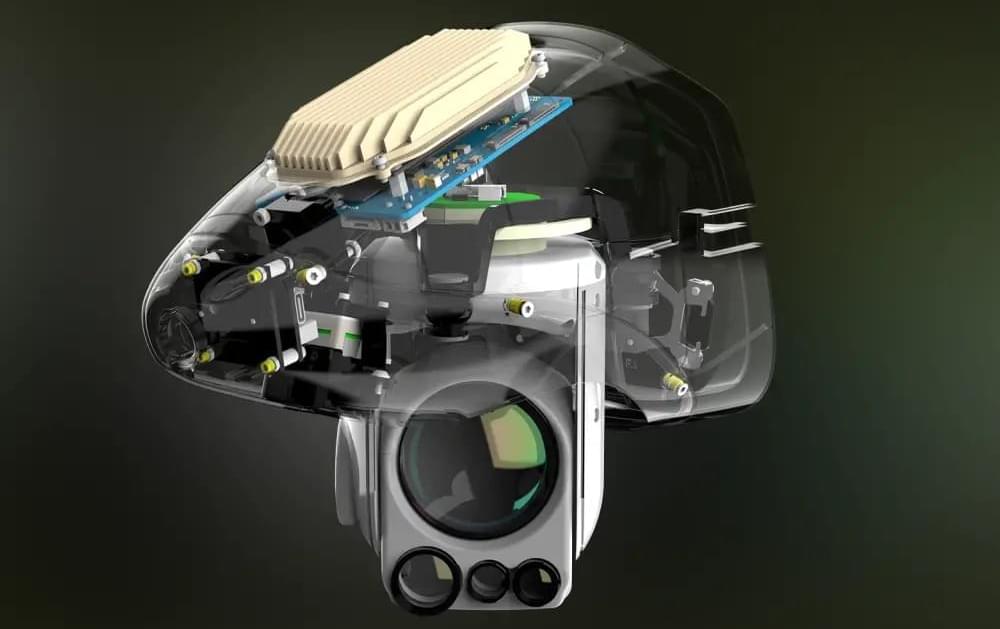The proposed innovative design leads to unprecedented power conversion efficiency and improved versatility. A recently developed wirelessly powered 5G relay could accelerate the development of smart factories, report scientists from Tokyo Tech. By adopting a lower operating frequency for wireless power transfer, the proposed relay design solves many of the current limitations, including range and efficiency. In turn, this allows for a more versatile and widespread arrangement of sensors and transceivers in industrial settings.
One of the hallmarks of the Information Age is the transformation of industries towards a greater flow of information. This can be readily seen in high-tech factories and warehouses, where wireless sensors and transceivers are installed in robots, production machinery, and automatic vehicles. In many cases, 5G networks are used to orchestrate operations and communications between these devices.
To avoid relying on cumbersome wired power sources, sensors and transceivers can be energized remotely via wireless power transfer (WPT). However, one problem with conventional WPT designs is that they operate at 24 GHz. At such high frequencies, transmission beams must be extremely narrow to avoid energy losses. Moreover, power can only be transmitted if there is a clear line of sight between the WPT system and the target device. Since 5G relays are often used to extend the range of 5G base stations, WPT needs to reach even further, which is yet another challenge for 24 GHz systems.
